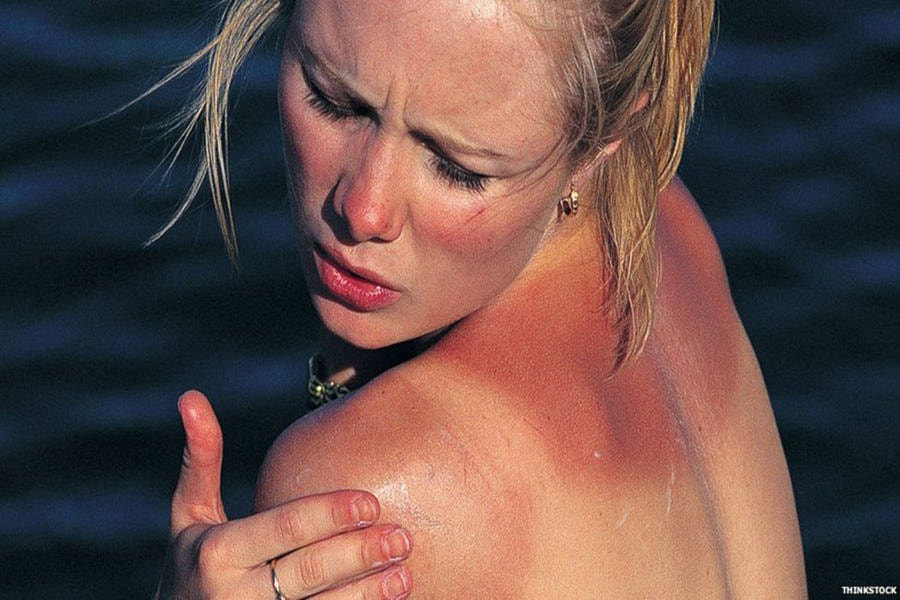Skin cancer prevention is a process that starts at childhood, says a B.C. dermatologist.
Dr. Harvey Lui, who works with both the B.C. Cancer Agency and UBC Vancouver medical school, says adults afflicted with skin cancer were first exposed to that potential as youngsters.
��ѻ��ý�What many people don��ѻ��ý�t understand is that skin cancer does��ѻ��ý�t originate for adults from excessive sun exposure from time to time, but that it takes several decades to develop,��ѻ��ý� Lui said.
��ѻ��ý�Melanoma and basal cell carcinoma skin cancer studies have shown exposure to the sun in our early years is what actually increases the risk of skin cancer later on.
��ѻ��ý�So you are doing a big favour for your child when they become an adult by minimizing their exposure to excessive sun during childhood.��ѻ��ý�
Lui advocates a four-prong strategy for adults and children to help protect against excessive exposure to the sun��ѻ��ý�s ultra violet rays to prevent skin cancer:
1) Avoid being exposed to the sun without any clothing or sunscreen skin protection between the peak bright hours of 11 a.m. to 3 p.m.
2) Seek the shade during that 11 a.m. to 3 p.m.
3) Wear a wide-brimmed hat and tightly woven clothing that limits light exposure to your skin.
4) Wear sunscreen with a sun protection factor of 30 or higher, and look for a product endorsed with the logo of the Canadian Dermatology Association.
��ѻ��ý�The message to wear sunscreen outdoors in the summer is a simple and great message for everyone to follow, but it��ѻ��ý�s only part of the overall strategy we all need to adapt to protect our skin,��ѻ��ý� Lui said.
While a sunburn is our common perception of skin damage to excessive sun exposure, Liu says people often equate a tan with protecting your skin both from getting a sunburn and protection from developing skin cancer.
��ѻ��ý�That��ѻ��ý�s an oxymoron because a tan does not mean you have healthy skin, in fact it��ѻ��ý�s a protective reaction from skin cells in the same way a scar can be created from a skin cut.
��ѻ��ý�You wouldn��ѻ��ý�t have a tan if your skin was not injured just like you would��ѻ��ý�t have a scar if you didn��ѻ��ý�t cut your skin. Having a tan means your skin is damaged and your body is trying to protect itself from further sun exposure.��ѻ��ý�
Lui uses the analogy of smoking, where when filtered cigarettes were created, the popular perception being those filters made smoking a healthier activity.
��ѻ��ý�There is no such thing as a healthy cigarette. Period. All cigarettes are bad for you. In the same way, no tanning is good for your skin. It means your skin is injured.��ѻ��ý�
For adults, the warning signs of skin cancer often get first detected by a patient rather than a doctor.
��ѻ��ý�All you need is a set of eyes and an awareness that certain spots on your skin might present a higher risk or increased chance of cancer,��ѻ��ý� Lui said.
��ѻ��ý�And the earlier it gets detected, the better the chances of it being cured.��ѻ��ý�
Lui said warning signs of potential skin cancer issues that should get checked out include a new or changed spot on your skin, a skin spot that changes colour or shape, and a skin sore that has not healed for a month or more.
Lui adds that bronze tanning sprays to create a fake tan have the blessing of dermatologists, but just be aware they offer no sun protection.



